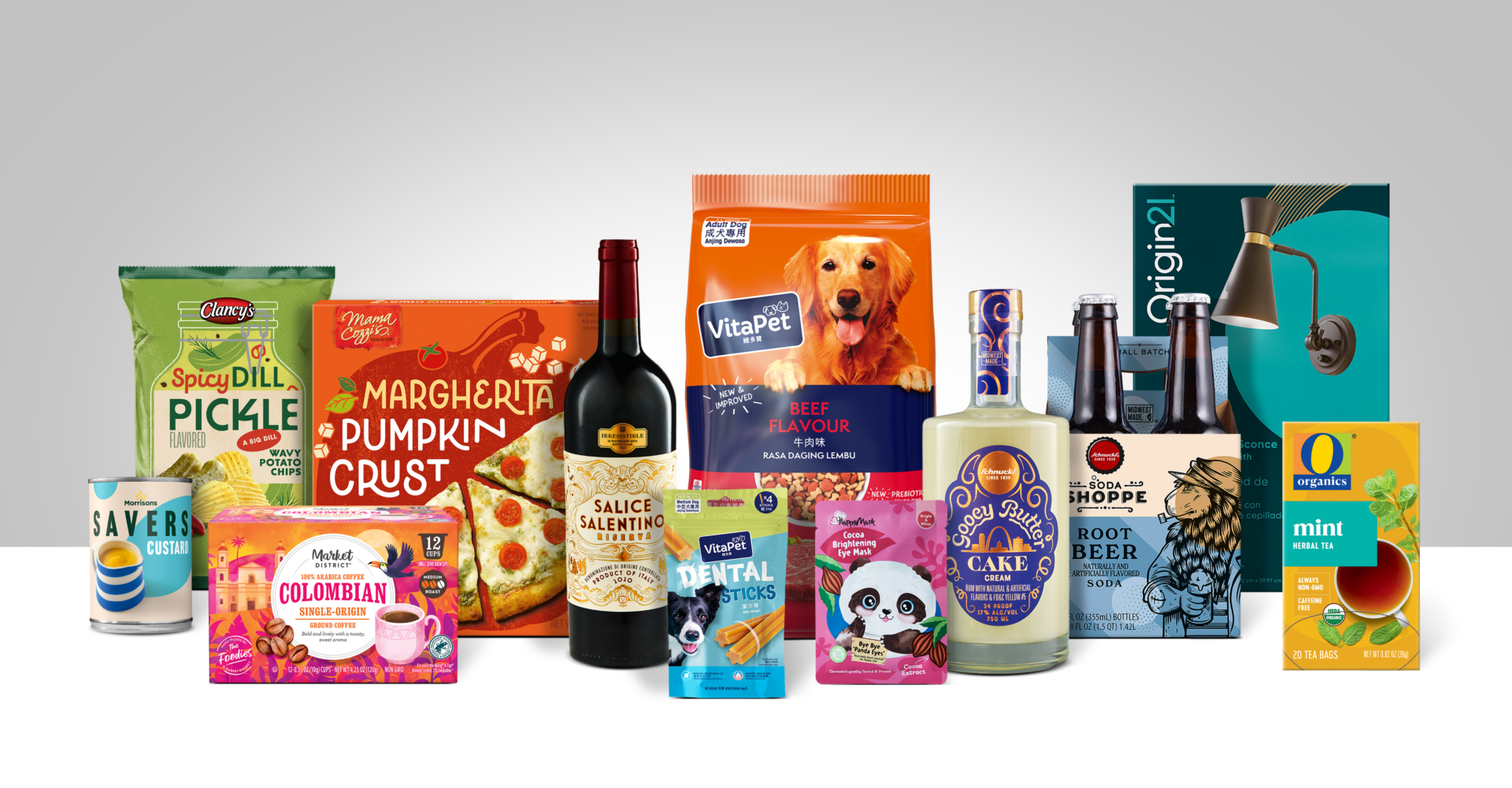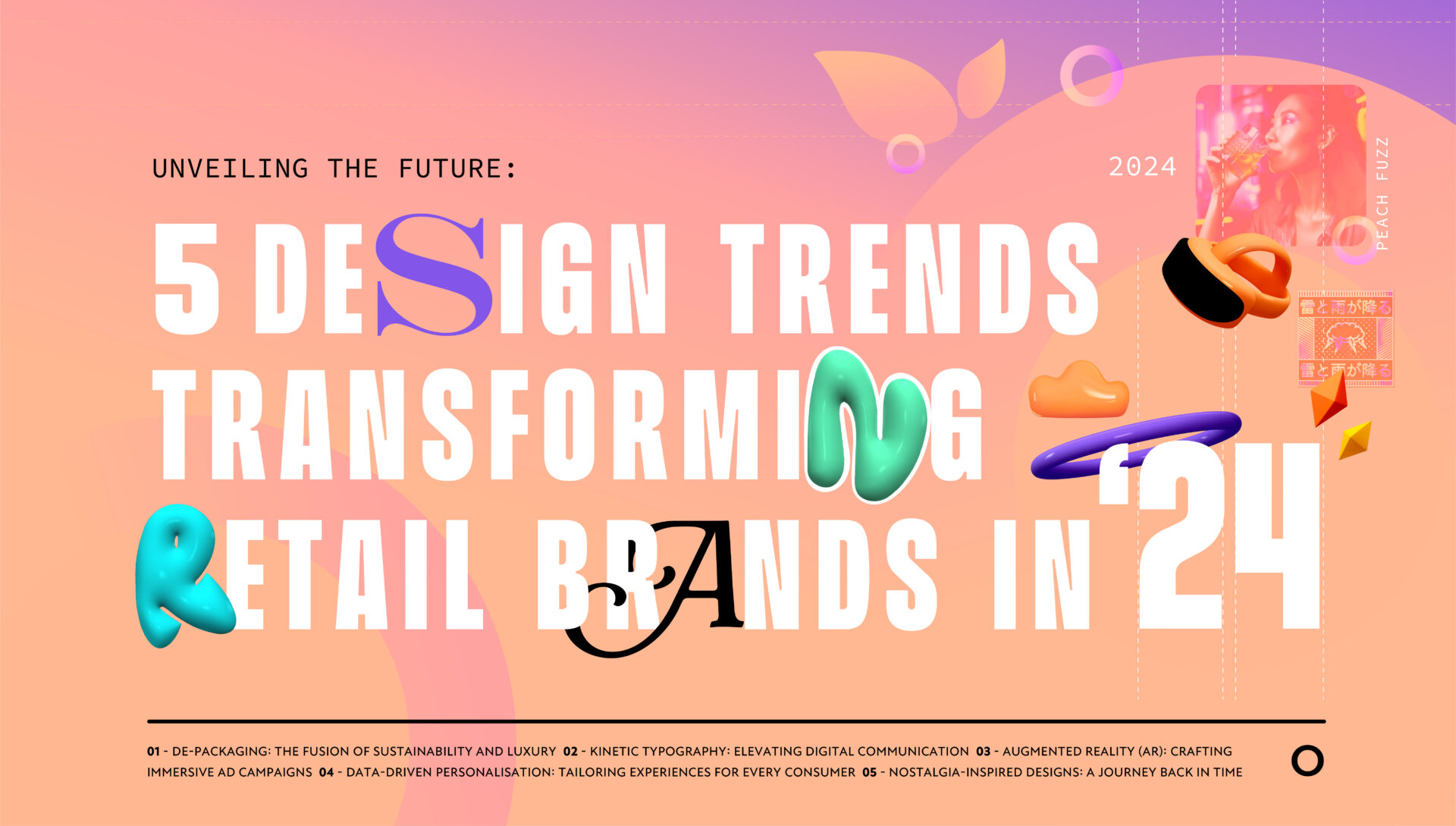What are the secrets to being “instagrammable”?
Social shopping is a rapidly accelerating section of e-commerce. In fact, according to a recent report from Accenture, global social commerce is predicted to grow three times as fast as traditional e-commerce, rising from $492bn to $1.2tn by 2025. So, what makes social commerce shoppers tick, and how do we create packaging that inspires engagement and drives sales? We’ll take a look back at some of our most Instagrammable projects and talk to designers amongst our staff who live for social shopping about how they deliver social-friendly solutions that get results.
Global consumers spent an average of 4.8 hours a day on their mobiles in 2021, according to App Annie’s ‘State of Mobile’ report. On average, around two hours (145 minutes) of that daily window are spent on social media. For most of us, even if we haven’t set up on-screen notifications to track time spent scrolling, this statistic doesn’t come as a complete surprise. And with access to such a captive audience, it makes sense that brands are transforming social media platforms into digital shopping centres.
Research from Sprout Social suggests that consumers are finding products on platforms like Instagram through a variety of touchpoints. They include: seeing a targeted ad (49%), coming across an organic post by a brand (40%), carrying out research on social media (34%), seeing a friend’s post (34%) or hearing about a product via tags and direct messages (22%). But what makes them tick (and click)? As it turns out, it has a lot to do with psychology.
The psychology of ‘social’
A study conducted by the New York Times Insider Group concluded there are five main motivations for sharing social media content: to bring value or entertainment to others; to define ourselves to others; to build relationships; to feel more involved in the world; and to support brands or causes they care about.
Packaging design that understands and enables these very personal drivers is well-matched to the medium of social shopping. “The aesthetic of and the messaging around a product have to tie into people’s conscious and unconscious desires because these are the push buttons that inspire action, comments Strategy Director, Chris Ertel. “You want to create that ‘OMG’ reaction – the rush of excitement that gets people reaching for their phones.”
A great example here is Kraft Heinz Jell-O Play, which received a huge reaction with the media and customers alike. For time-poor parents who value educational play, this product was a value-adder and a problem-solver. Social sharing was often driven by the desire to disseminate information that might be beneficial to other parents and families. The packaging design was integral.
“By having photography of what kids could make with the product on-pack, and windows revealing some of the contents, like the jello cutters, we were conjuring up images in people’s minds of that product in-use, which in this case was keeping their kids happy and entertained through play. Even if the words are removed, the packaging design immediately conveys the story and the value behind these products.”
The importance of representation
Representation on-pack, most frequently used in children’s products, is also likely to get people hitting the buy and share buttons, especially if it encourages diversity and inclusion. “There’s something immediately attractive about seeing yourself or your family members represented, especially if you are in a demographic that has historically been ignored.,” says Chris.
According to Sprout Social, as many as 60% of consumers report being more likely to buy from a brand with inclusive marketing. Mattel tapped into this with its release of Barbies in wheelchairs or wearing hijabs. They were widely bought, photographed and shared on social media, tapping into the ‘defining ourselves to others’ and ‘supporting brands and causes they care about’ motivators.
Seamless = success
As in-app shopping has increased in both availability and popularity, retailers will need to ensure that they provide a seamless buying experience in as few clicks and with as few detours as possible. Instagram Shopping blew up in 2021, partially because of pandemic habits and the improvement of digital tools. Now customers don’t need to click on a URL to head to a website, Instagram Shopping allows them to select and purchase products easily from the app itself.
Over 130 million users hit Instagram Shopping on a monthly basis – which is insane when compared to a bricks and mortar equivalent. Strategy Director, Chris at Equator, comments; “Instagram’s 2022 Trend Report noted that nearly 1 in 4 of its Gen Z users expect to shop through their social media feeds— so it’s crucial brands offer shopability on their accounts.”
Is it beautiful or useful?
William Morris once said, “Have nothing in your house that you do not know to be useful or believe to be beautiful” and the same can be said of social shopping. It might seem superficial, but if you aren’t presenting a ‘wow factor’ aesthetically, shoppers are less likely to view, click, shop and share.
Instagram literally transformed the social media stratosphere and spawned a packaging phenomenon called unboxing, meaning branded packaging has demanded another focus in the consumer goods industry. Now, it’s not just about packaging having stand out on the physical or virtual shelf – it’s about how it performs ‘on the ‘gram’.
Now brands need to think about how an influencer might tackle the unboxing experience. Essentially, what is it that makes the unboxing experience worthwhile? Chris at Equator, comments; “It’s about using every touchpoint both inside and outside the box. Brightly dyed substrates, standout fonts, seamless outer packaging and cool messaging that has shareability.”
Chris continues; “If the ‘wow’ comes from an innovative utility or packaging functionality, retailers should think about utilising video content to demonstrate this clearly, especially since Instagram announced the retirement of IGTV late last year and added new functionality enabling users to post content up to 60 minutes long directly to the main Insta feed”.
Clearly packaging does more than simply protect a product and depending on what that product is, Instagram-worthy packaging makes perfect strategic sense. This shift has meant that the packaging is seen as part of the product itself, creating enough of a social buzz to realistically translate into sales.















